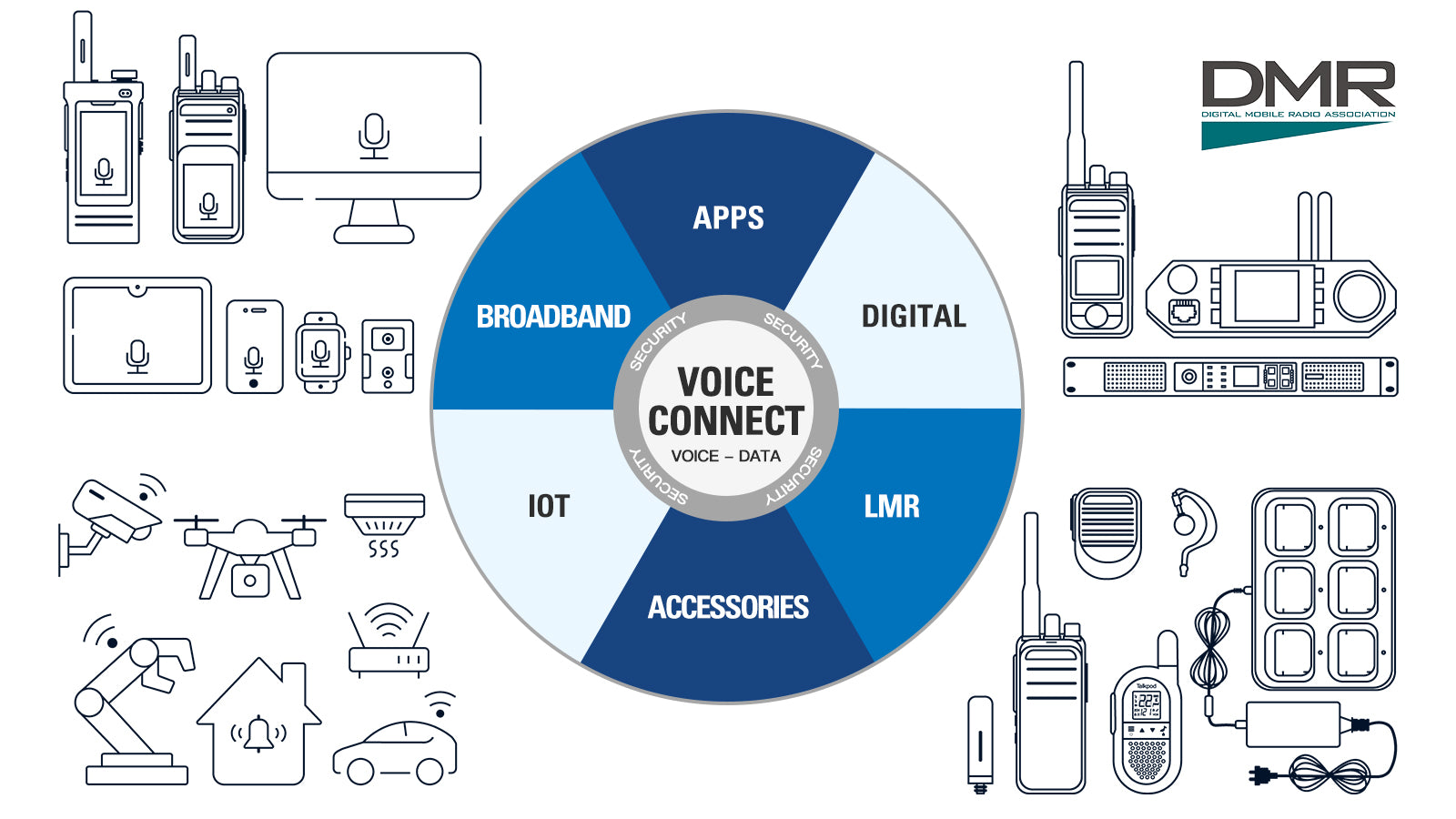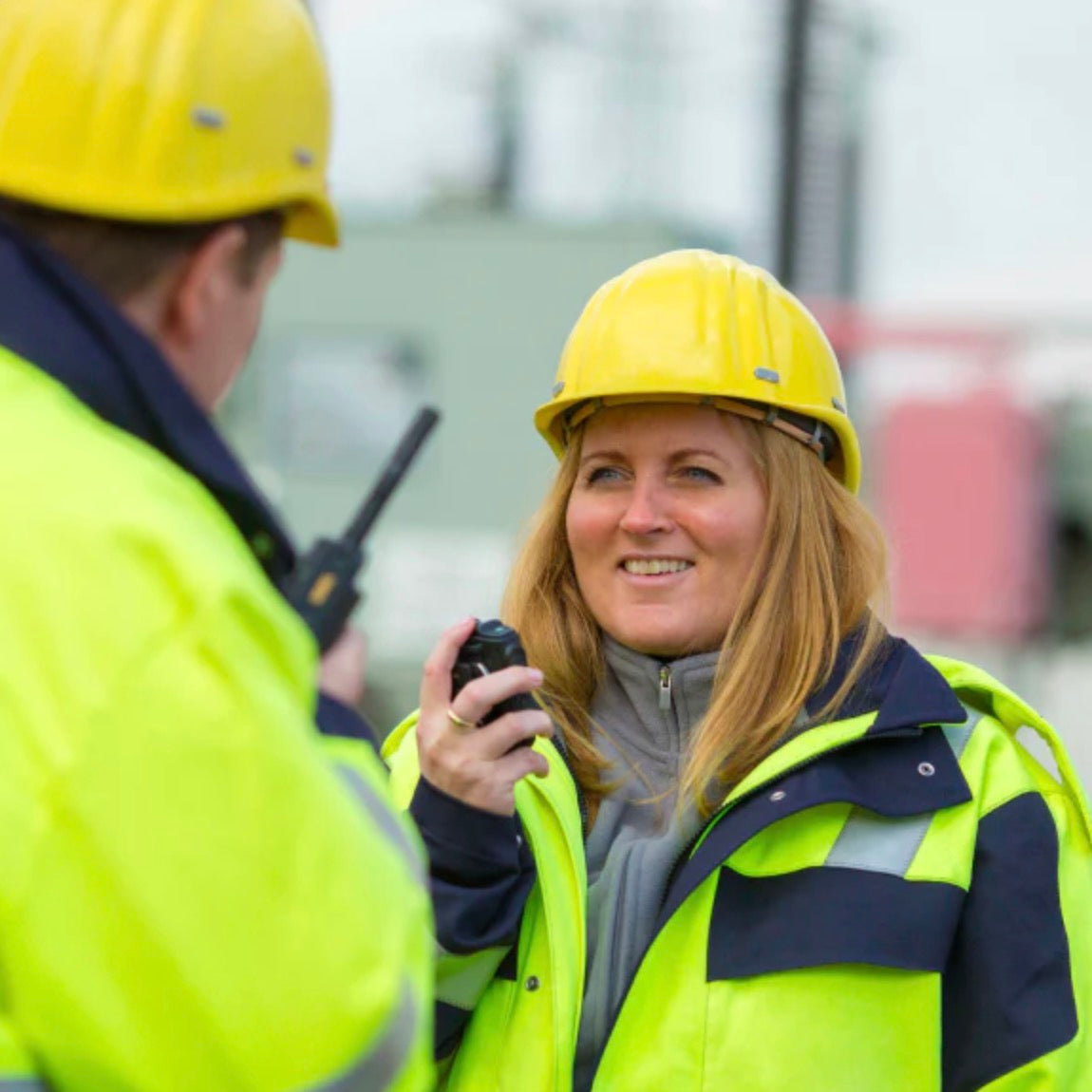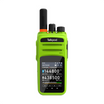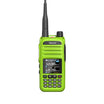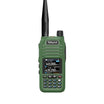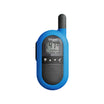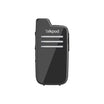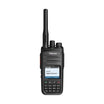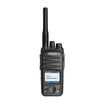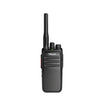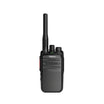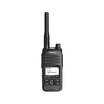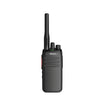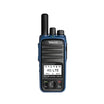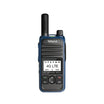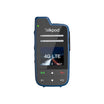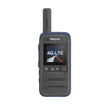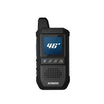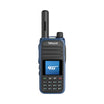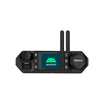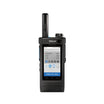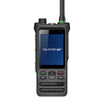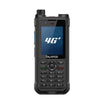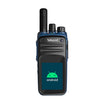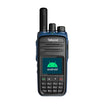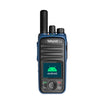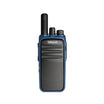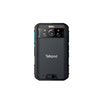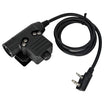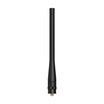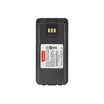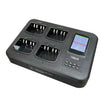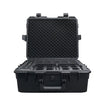What is Late Entry? Late Entry refers to a feature in two-way radio communication systems that allows mobile users who were initially unavailable or out of reach during the initial call set-up to join an ongoing group call. This capability ensures that critical communications can be accessed by all intended recipients, even if they don't catch the call right from the beginning.
How Does Late Entry Work? In a typical two-way radio system, when a group call is initiated, all the available members of the designated group are alerted and can join the conversation. However, if a user is out of coverage area, has their device switched off, or misses the call for any reason, they are unable to participate from the start. With Late Entry functionality, once the user becomes available — by entering the coverage area or turning their device on — their radio can automatically join the ongoing group call, allowing them to catch up with the rest of the team.
Why is Late Entry Important in Two-Way Radios? The Late Entry feature is crucial for maintaining effective communication within teams, especially in dynamic environments where timely information sharing is critical. Here’s why:
- Inclusivity: Ensures that all group members, regardless of their initial availability, can participate in important calls and receive vital information.
- Flexibility: Offers flexibility for users who might be moving in and out of coverage areas, ensuring they can rejoin the communication as soon as they're able.
- Continuity: Maintains the continuity of communication, which is particularly important in emergency situations or when executing coordinated tasks.
Late Entry enhances the utility and effectiveness of two-way radio systems by ensuring comprehensive communication coverage, thus supporting better coordination and response in various operational contexts.


